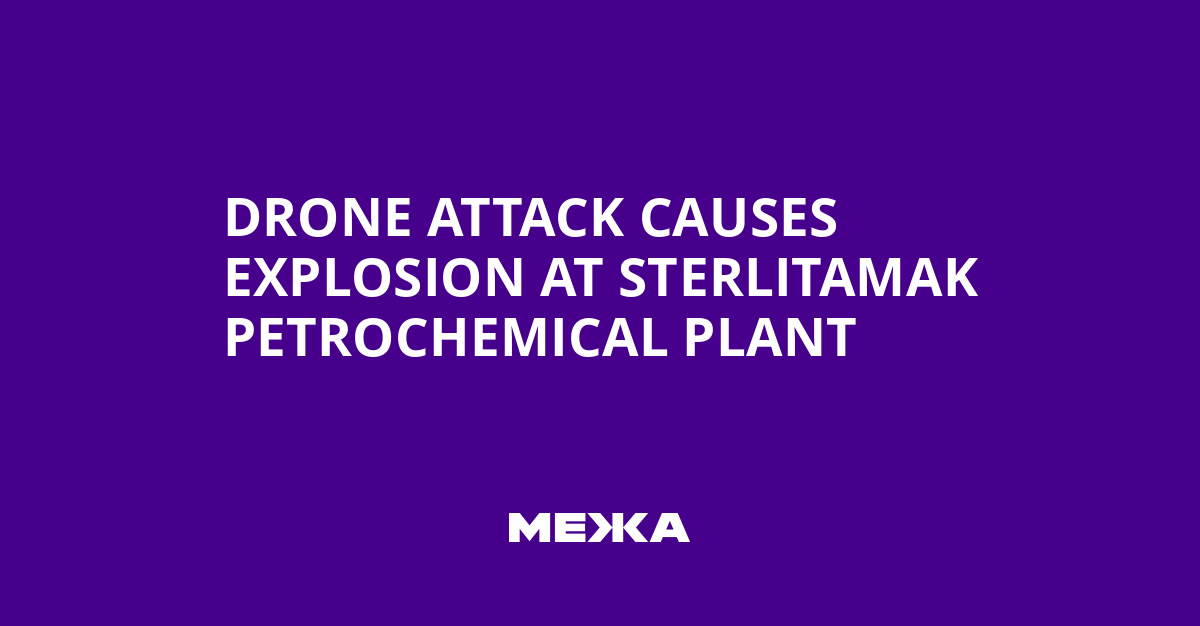In the Russian city of Sterlitamak, in Bashkortostan, a petrochemical plant came under attack by unmanned aerial vehicles, resulting in an explosion in the water-treatment workshop. The event was confirmed by the city mayor Emil Shaymardanov and the head of the Republic of Bashkortostan, Radiy Khabirov.
“Today there was an explosion in the water-treatment workshop of JSC ‘SNHZ’. Part of the workshop collapsed.”
– Emil Shaymardanov
According to Radiy Khabirov, there are no casualties and the plant is operating as usual. The incident occurred during an attack by two UAVs, both drones were shot down by the Ministry of Defense. Debris fell in the industrial zone near the auxiliary workshop.
According to regional authorities, a danger warning was issued due to the appearance of drones, and there were at least two explosions.
The Russian Ministry of Defense said that overnight on November 4 it intercepted and shot down 85 Ukrainian unmanned aerial vehicles of the aircraft type. Of these, 40 over the Voronezh region, 20 over Nizhny Novgorod, 10 over Belgorod.
In the night of November 2, Ukrainian forces’ drones attacked the port of Tuapse. Five drone strikes were recorded. A tanker also caught fire, and at least four oil-loading stands, used for loading and unloading ships, were put out of action. Port facilities were also damaged. On October 31, the head of the Security Service of Ukraine Vasyl Maliuk stated that since the beginning of 2025 Ukrainian Defense Forces had successfully attacked Russian oil extraction and processing facilities almost 160 times, including 20 such strikes in September-October.
Expert assessments and the situation remain under monitoring – official services explain developments and possible consequences for the region.
Context of the Event and the Dynamics of the Situation
The incident in Bashkortostan comes amid a rising number of vulnerabilities affecting critical infrastructure in the region; analysts note that such events require tighter oversight and coordination between authorities and security forces to minimize risks to residents and industrial facilities.
